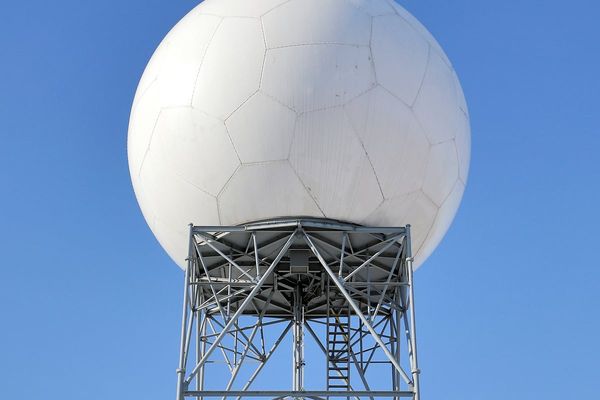
One of Australia's largest electricity distributors has adopted heavy duty electric trucks as part of a commitment to replace 900 petrol and diesel vehicles and encourage other businesses to make the change.
Ausgrid announced the addition of two large electric tip trucks and one electric flatbed on Monday, adding the large vehicles to its fleet of 90 electric models.
The investment is part of a plan to electrify 40 per cent of the company's fleet within five years.
It also comes on the final day of the federal government's public consultation into a New Vehicle Efficiency Standard that could result in more electric vehicles launched in Australia when it is introduced in January 2025.
Ausgrid chief executive Marc England said the company decided to expand its electric fleet into heavy duty vehicles to show other companies it could be done.
"As a key enabler of electrification, Ausgrid needs to understand what infrastructure is required to get more (electric) trucks on the road," he said.
"Ultimately, we want to ensure any individual or company wanting to go electric, no matter how complex their fleet needs, is able to."
The new vehicles are two Foton EV Tippers and an SEA Electric flatbed.
Ausgrid supply chain and fleet head Tim Kynoch said the trucks would reduce the company's diesel consumption by 10,000 litres every year and had been carefully selected.
"We had to ensure they had the capacity and range to do what we and our customers needed them to do," he said.
The additions will bring Ausgrid's electric fleet closer to its goal of 40 per cent by 2029, or to electrify 900 cars, vans and trucks.
The New Vehicle Efficiency Standard began on February 4 and invited comment on three proposals, ranging from modest to ambitious emission cuts.
Fuel-efficiency standards, which are in use in most developed countries including the UK, US, China and Japan, set a cap on emissions for vehicle fleets and are designed to encourage automakers to bring more efficient and low-emission vehicles into a country.
The government's preferred model would see Australia catch up to transport carbon-cutting progress in the US by 2028 and slash 60 per cent of carbon emissions from new vehicles by 2029.
But the proposal has received a mixed reaction.
Motoring and environment groups such as the NRMA and Climate Council have welcomed the proposed standard.
But the Federal Chamber of Automotive Industries questioned whether it would raise the price of new cars and popular brand Toyota argued its introduction should be delayed.







